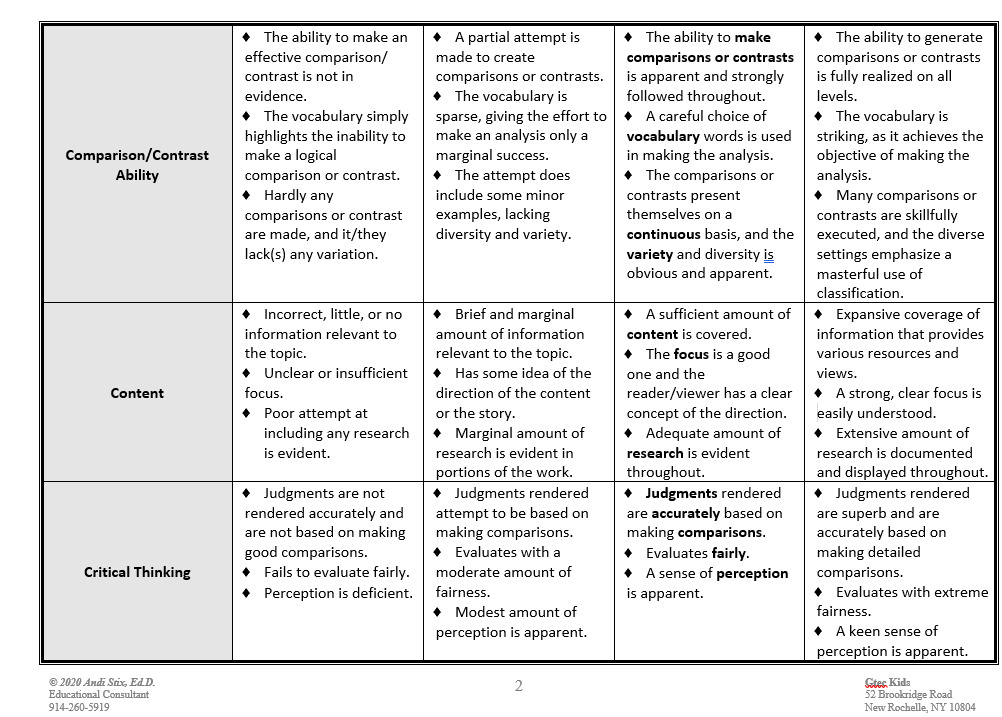The A-ha Moment: Principals Using Coaching Techniques for Teacher Evaluation
With more and more schools turning to Charlotte Danielson’s framework, districts are requesting that principals train their staff in understanding her rubrics. The difference between the “proficient” and the “distinguished” columns is the presence of teacher-centered versus student-centered instruction. While this concept is clearly not new, her analysis and blueprint are greatly needed.In years past, teachers anxiously awaited the semi-yearly to yearly observations by their assistant principals or principals. Teachers often expressed that it was similar to driving in a...
Read More













